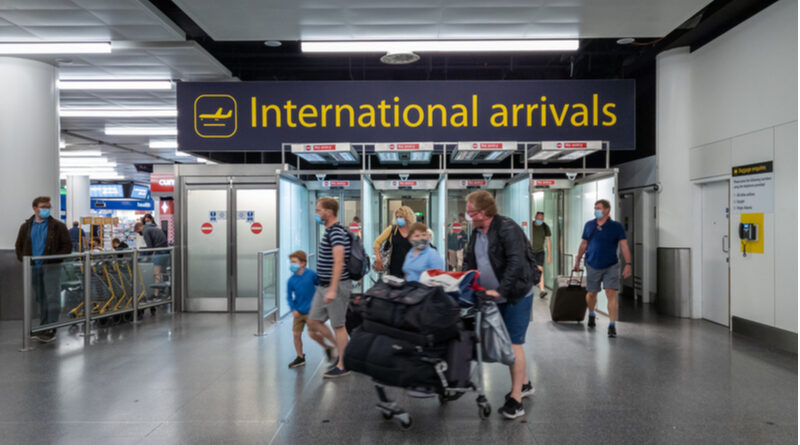According to official numbers, non-EU employees made up the majority of skilled visa applications last year
According to official numbers, non-EU employees made up the majority of skilled visa applications last year.
Non-EU nationals were mostly responsible for the increase in skilled worker visa applications last year, according to the government’s official migration advisory council.
Following the end of the third national lockdown in 2021, the number of skilled worker visa applications increased by more than 50% between May and June, according to the Migration Advisory Committee (MAC).
The UK received 68% more visa applications in the three months to June 2021 than in the same time in 2019, according to the MAC, which could be partly due to pent-up demand for visas created by the epidemic.
However, it noted that “very low utilization by EEA [European Economic Area] citizens compared to the rest of the globe,” with only 8% of visa applications coming from this group.
Concerns expressed in 2020 that the new skilled worker visa path would be too expensive for firms to use to bring in lower-skilled workers were correct, according to the MAC’s annual report. This visa option has seen “minimal use” in 2021 for roles rated RQF 3-5 – at or above A-level, NVQ3 or equivalent – according to the report.
According to the report, senior care workers made up more than a third of the 5,000 people who filed for a skilled worker visa with this level of education.
Individuals with an RQF 6 qualification – a bachelor’s degree, graduate diploma, or equivalent – accounted for 91% of all skilled worker visa applications.
However, Jonathan Beech, general director of Migrate UK, said his company has noticed a “recent and sharp spike” in the number of firms using the new immigration system to fill openings below RQF 6 – mainly in the hospitality and catering industry, but also in the horse-racing industry.
“The higher visa fees and uplift in salary required for these vacancies is being offset by the requirement to fill acute shortages,” he said.
“The other huge shift of course is employee poaching,” Beech added. “Sponsored employee retention is difficult at the moment.”
Beech’s experience with EU migration parallels that of the MAC study, with a limited number of skilled visa applications. However, given that the EU Settlement Scheme has ended, he expects this figure to climb over time.
The next 12 months, according to Chetal Patel, a partner at Bates Wells, will determine the UK’s migration patterns. “Labor shortages in lower-skilled positions are a significant issue of our new immigration system,” she said.
“The Home Office had envisaged that our new immigration system would be more user friendly and streamlined and while some stakeholders have found that true, the MAC’s report suggests this is not a reflective experience for all users,” Patel said.
SMEs in particular are still “being priced out of the market”, she added. And while some care homes can use the skilled visa route to bring in senior staff, many are left “without any options” when it comes to finding care workers, she said.
“The Home Office made clear that the aim was to shift reliance away from ‘cheap labour from Europe’ and employers should look to upskill existing labour and/or invest in people already in the UK. We’ve seen that in some sectors, like social care, this isn’t that simple.
“As we live in this post-Brexit era, many UK employers are having to adapt quickly to find solutions to labour market problems and weigh up the costs of sponsorship,” said Patel.

